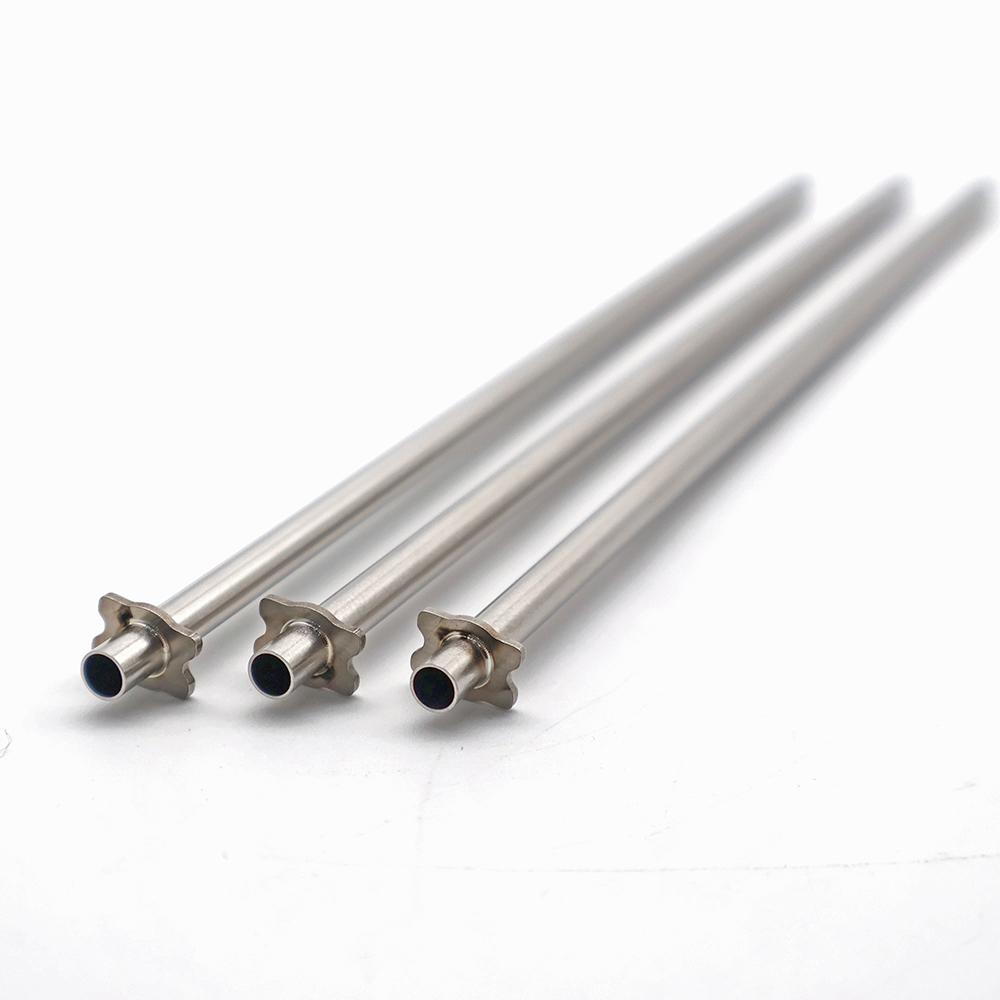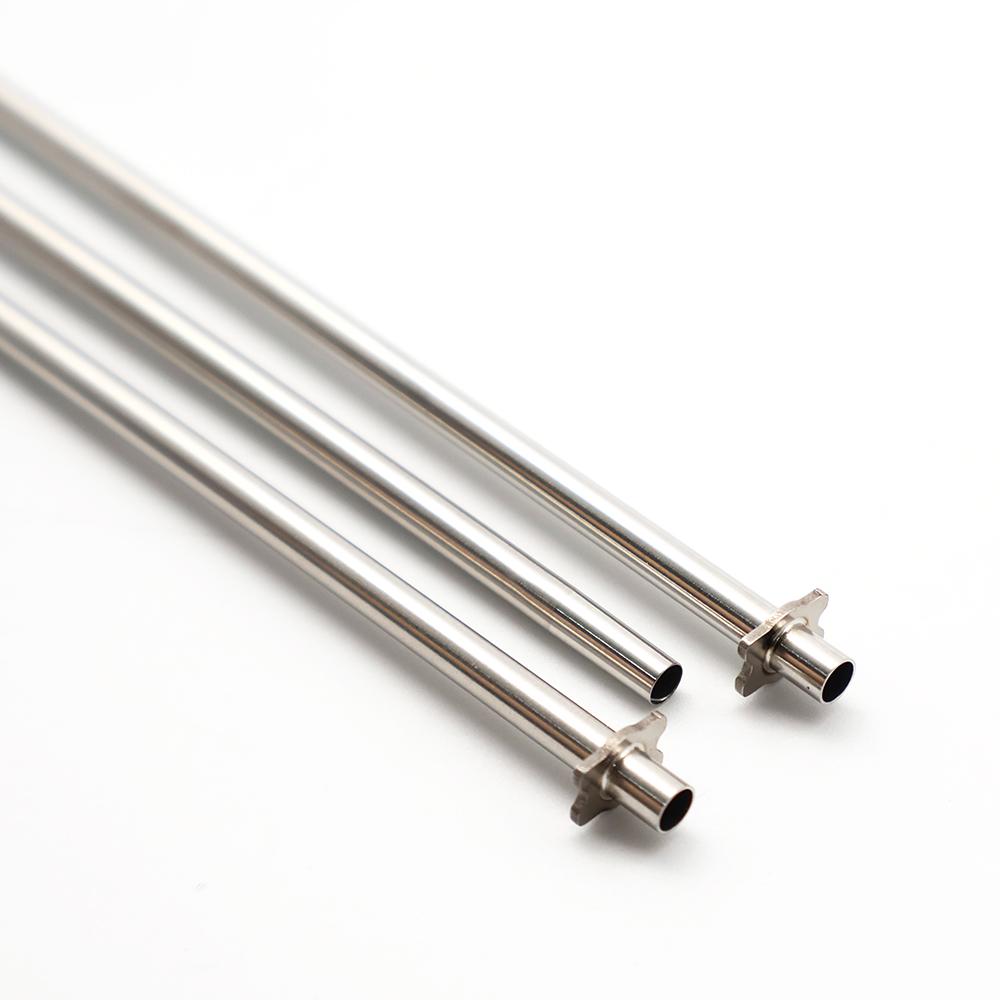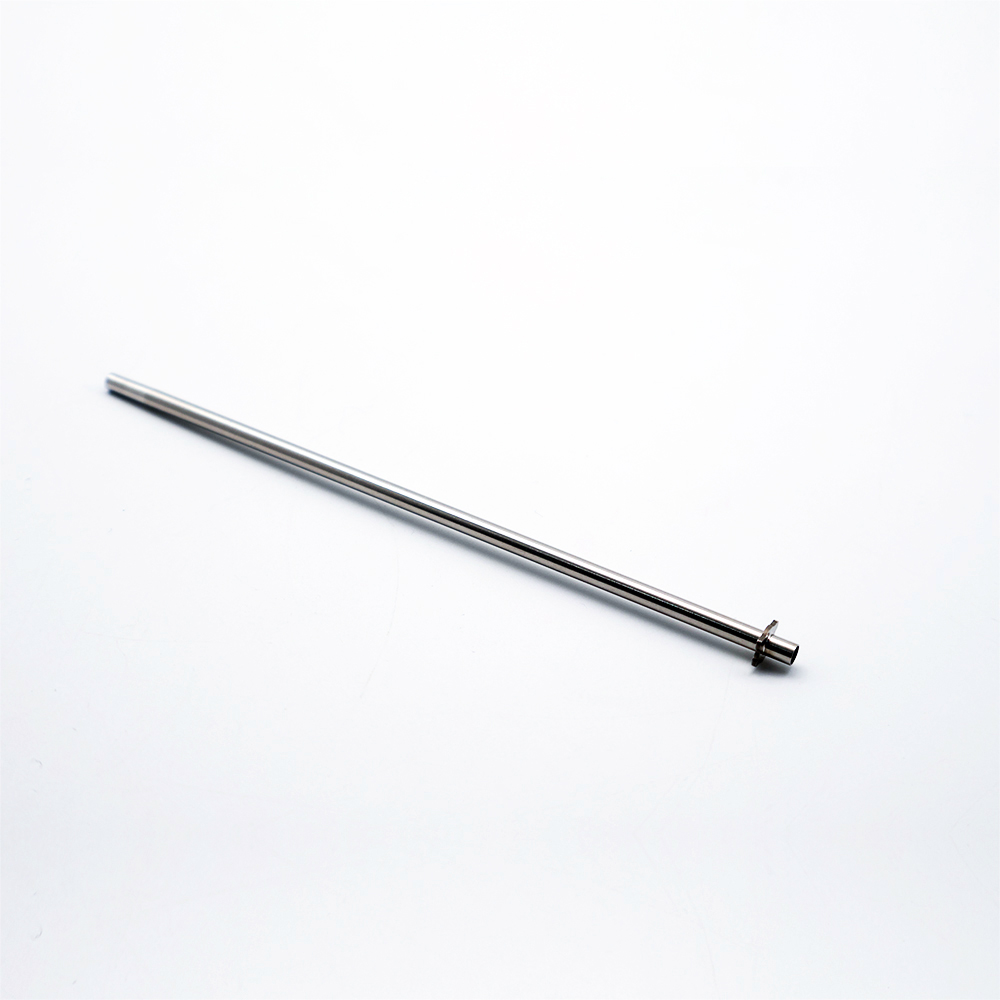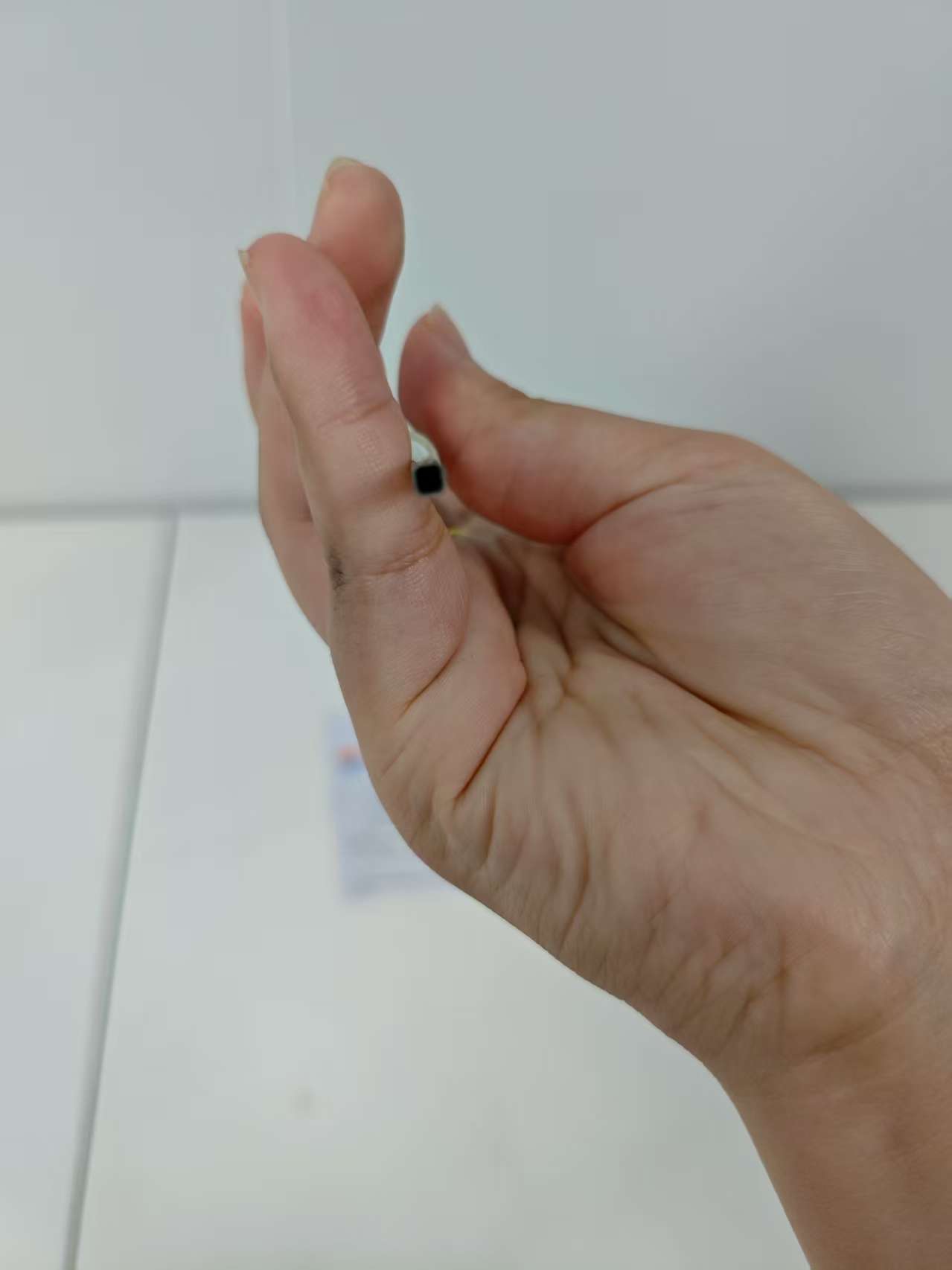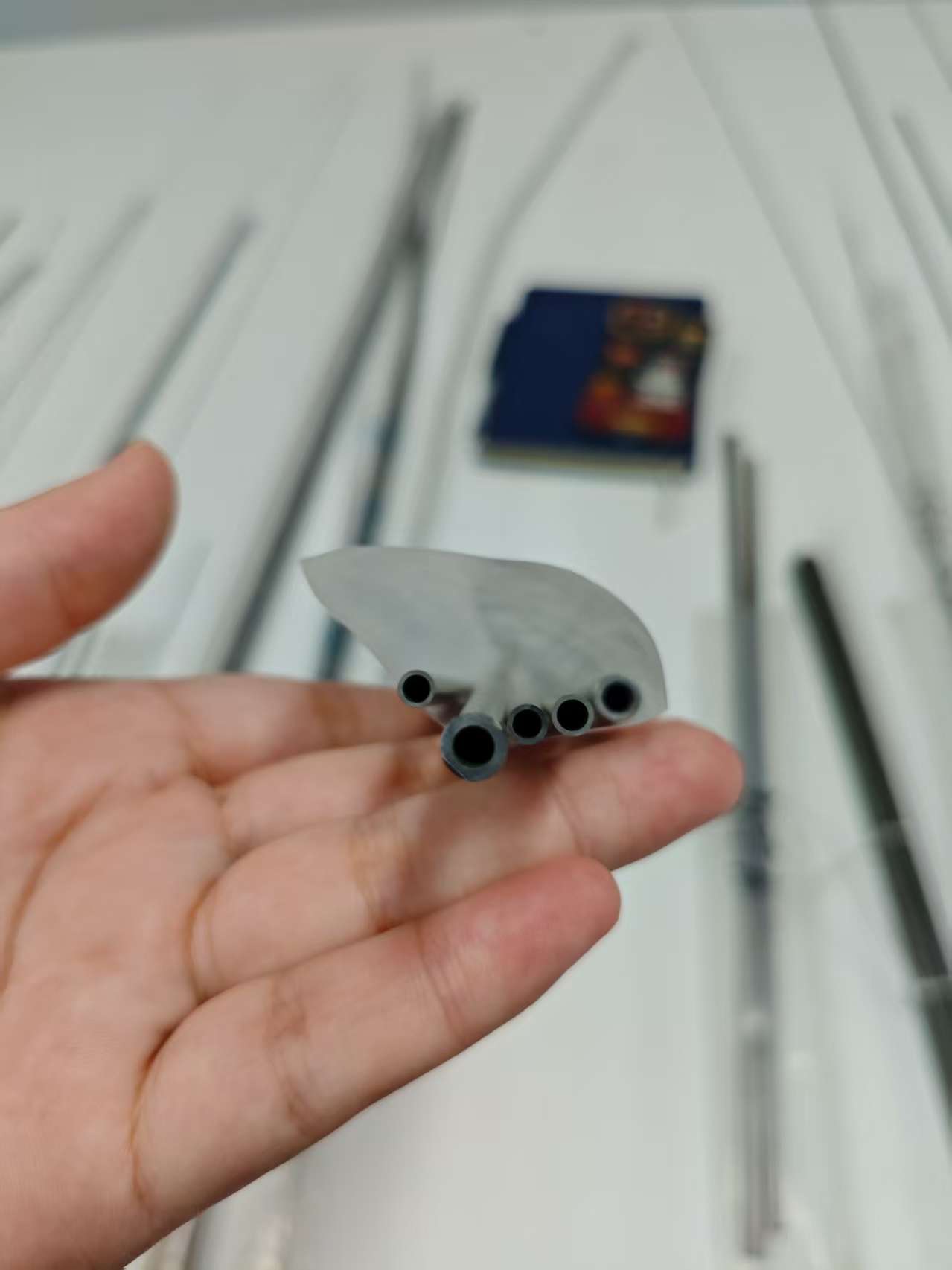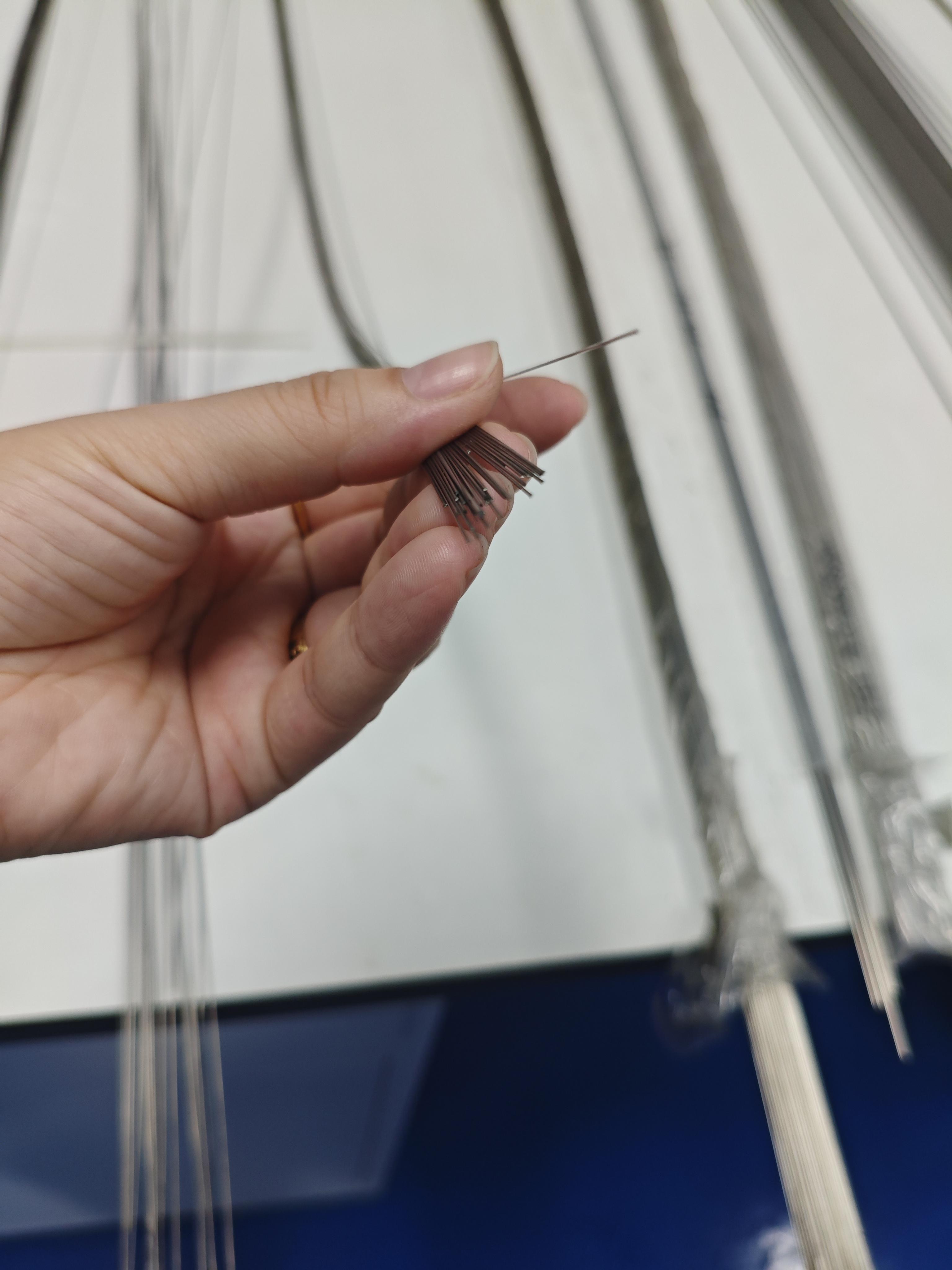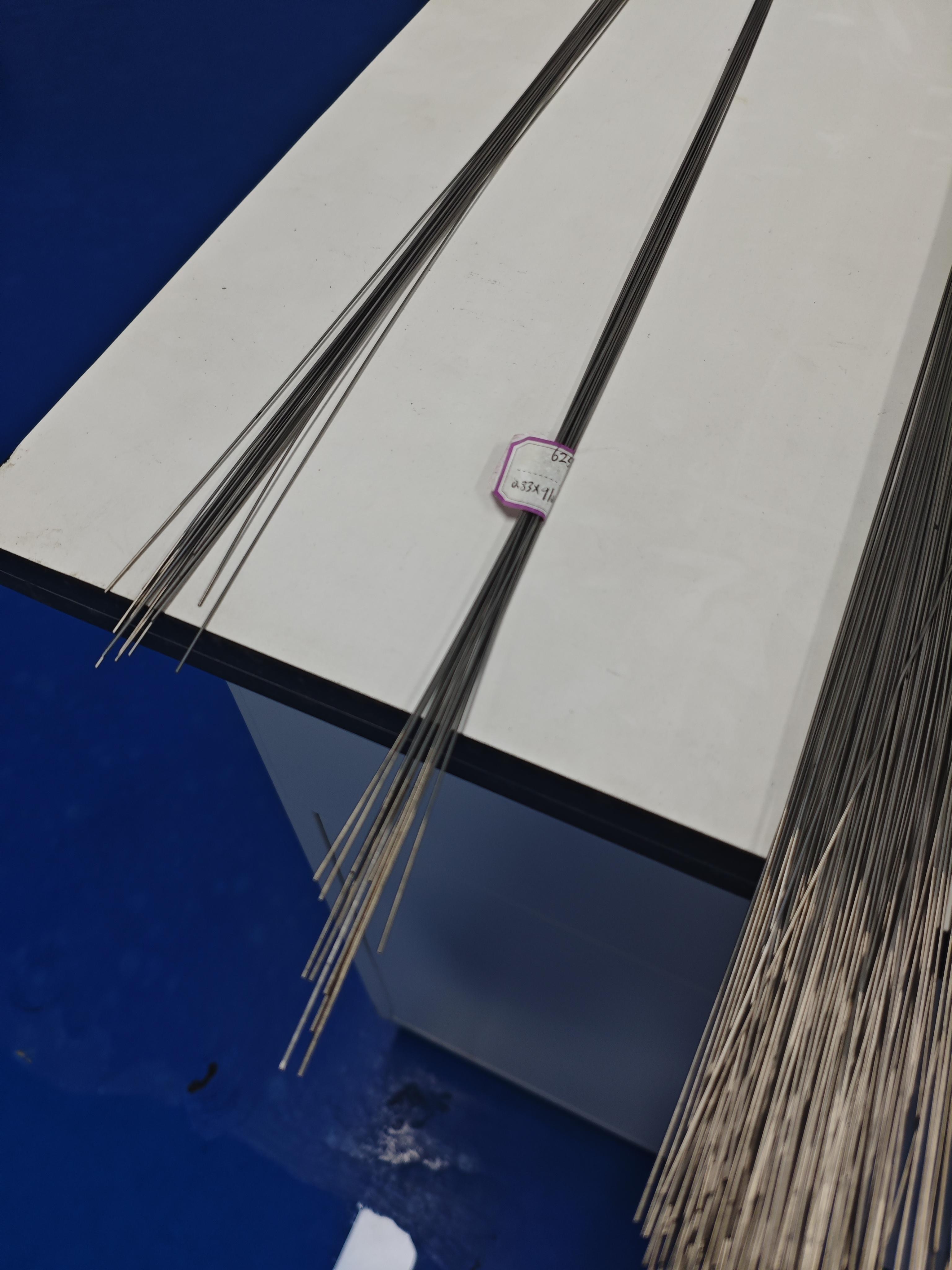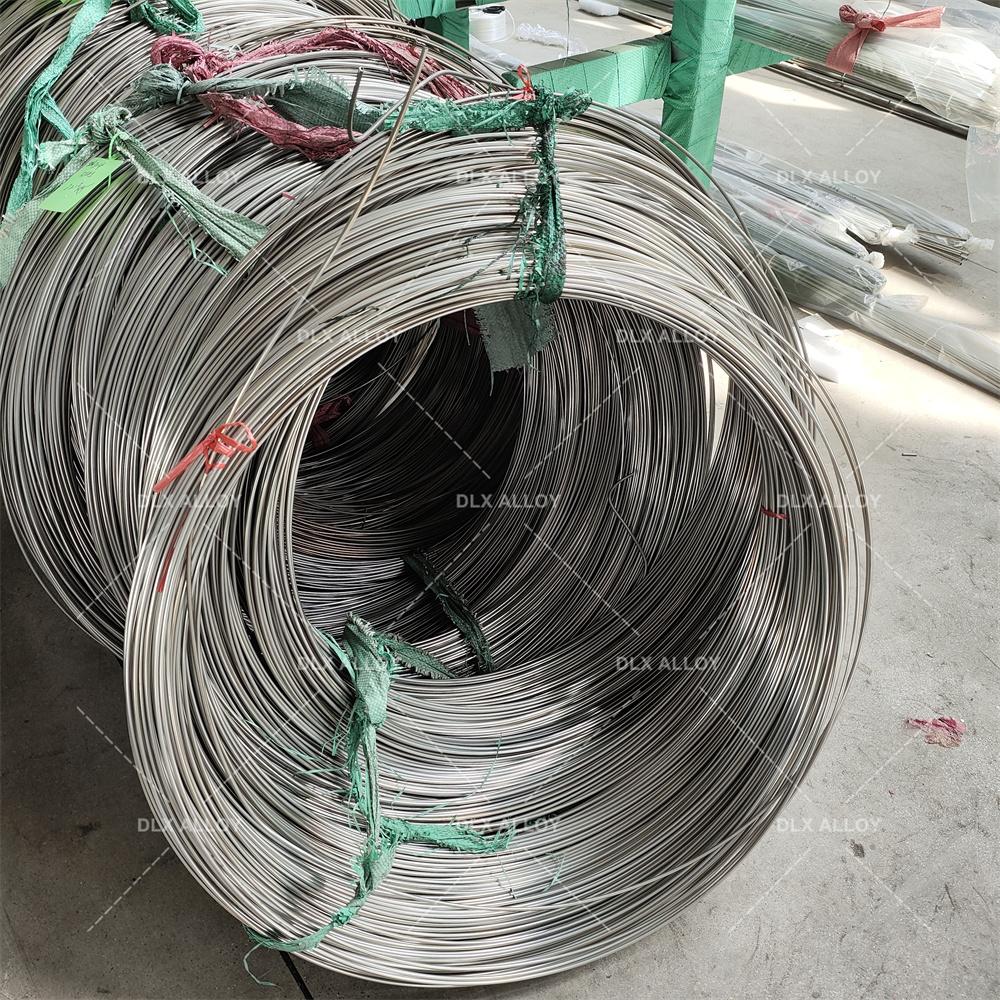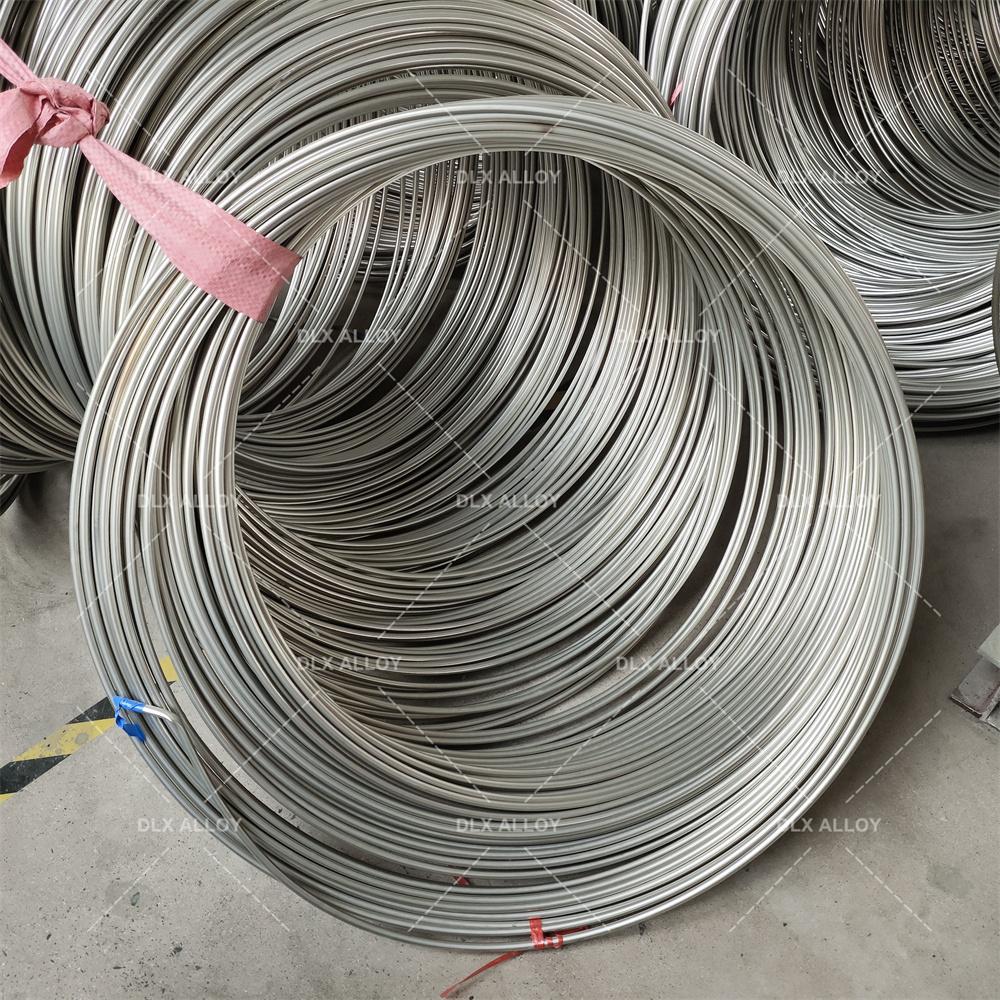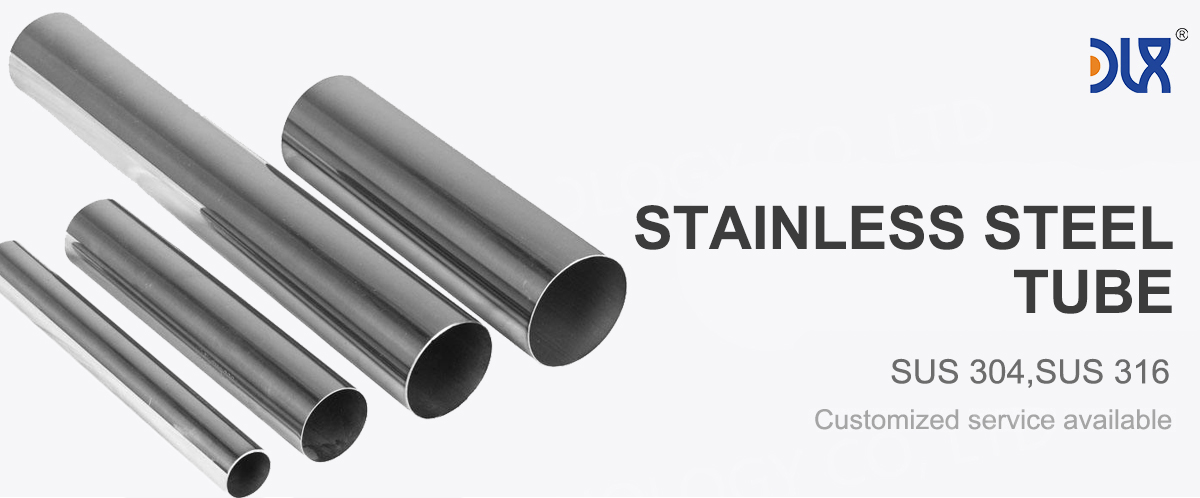
At our company, we’re all about crafting medical-grade 304 stainless steel tube for hypodermic needles that make medical procedures smoother, safer, and more reliable. These tubes aren’t just metal—they’re the core of needles that deliver life-saving drugs, collect critical samples, and support minimally invasive diagnostics. With a focus on affordability and performance, we’re helping healthcare providers get the job done without breaking the bank.
Let’s dive into what makes our 304 stainless steel tube for hypodermic needles a standout. This alloy is a reliable workhorse, packing 18-20% chromium for solid corrosion resistance against bodily fluids and sterilization processes, plus 8-10.5% nickel for toughness. With carbon kept below 0.08%, it’s compliant with ASTM A240, offering great formability for precision needle designs. We produce these tubes in diameters from 0.2mm to 3mm, with wall thicknesses as low as 0.05mm, perfect for fine-gauge needles used in insulin delivery or biopsies. The material’s tensile strength of 515-690 MPa and elongation over 40% ensure needles can pierce tissue without bending or breaking.
For more details, pls directly contact us.
We’re obsessive about precision. Our tubes are cold-drawn to tolerances of ±0.005mm, ensuring they fit seamlessly into needle assemblies for consistent performance. A polished Ra <0.3µm finish resists corrosion from saline or blood and makes sterilization a snap. We test for fatigue resistance, simulating thousands of insertions to confirm durability in high-use settings like vaccination clinics. Non-magnetic properties keep our tubes imaging-friendly, a plus for procedures involving fluoroscopy. We also offer custom beveling and laser-welding, tailoring tubes to specific needle designs for optimal sharpness and strength.
The hypodermic needles market is thriving, valued at USD 2.3 billion in 2025 and projected to hit USD 3.7 billion by 2032 at a 5.4% CAGR. Rising chronic diseases—think diabetes affecting over 500 million people globally—are driving demand for insulin and other injectable therapies. Vaccination programs are expanding, with over 5 billion doses administered annually, and diagnostic procedures like biopsies are on the rise. Our medical-grade 304 stainless steel tube for hypodermic needles is built for this, offering the strength for reliable piercing and the affordability to support mass production.
Comparison of Medical Stainless Steel Grades, Materials, and Applications
Grade | Composition | Key Properties | Corrosion Resistance | Biocompatibility | Applications | Advantages | Limitations |
|---|---|---|---|---|---|---|---|
316L | Fe (60-70%), Cr (16-18%), Ni (10-14%), Mo (2-3%), C (<0.03%) | Tensile: 485-620 MPa, Yield: 170-290 MPa, Elongation: 40-50%, Hardness: 95 HRB | Excellent (passive oxide layer, resists pitting) | High, minimal ion release, rare Ni sensitivity | Bone plates, screws, stents, hip stems, dental implants | Cost-effective, machinable, fatigue-resistant | Possible Ni sensitivity, heavier than Ti |
304L | Fe (65-74%), Cr (18-20%), Ni (8-10.5%), C (<0.03%) | Tensile: 485-550 MPa, Yield: 170-240 MPa, Elongation: 40-55%, Hardness: 92 HRB | Good, less resistant to pitting than 316L | Moderate, higher Ni release risk | Temporary implants, surgical tools, guidewires | Affordable, easy to form, widely available | Limited for long-term implants due to corrosion |
17-4 PH | Fe (70-78%), Cr (15-17.5%), Ni (3-5%), Cu (3-5%), C (<0.07%) | Tensile: 930-1100 MPa, Yield: 725-860 MPa, Hardness: 30-44 HRC | Very good, but less than 316L in saline | Good, but less biocompatible than 316L | Load-bearing implants, surgical instruments | High strength, heat-treatable, durable | Complex processing, less corrosion-resistant |
420 | Fe (80-90%), Cr (12-14%), C (0.15-0.4%) | Tensile: 700-950 MPa, Yield: 340-450 MPa, Hardness: 45-50 HRC | Moderate, prone to pitting in body fluids | Moderate, not ideal for long-term implants | Cutting tools, temporary pins, dental drills | High hardness, wear-resistant, sharpenable | Poor corrosion resistance for permanent use |
440C | Fe (78-85%), Cr (16-18%), C (0.95-1.2%) | Tensile: 760-1000 MPa, Yield: 450-600 MPa, Hardness: 56-60 HRC | Moderate, better than 420 but less than 316L | Limited, high carbon affects biocompatibility | Surgical blades, high-wear tools | Extremely hard, excellent edge retention | Not suitable for long-term implants |
F138 (316LVM) | Fe (60-70%), Cr (17-19%), Ni (13-15%), Mo (2.25-3.5%), C (<0.03%) | Tensile: 490-690 MPa, Yield: 190-300 MPa, Elongation: 40-50%, Hardness: 95 HRB | Superior, optimized for medical use | Excellent, lowest ion release, vacuum-melted | Orthopedic implants, cardiovascular stents | Enhanced purity, top biocompatibility | Higher cost than standard 316L |
303 | Fe (65-75%), Cr (17-19%), Ni (8-10%), S (0.15-0.35%) | Tensile: 500-620 MPa, Yield: 240-290 MPa, Elongation: 35-50%, Hardness: 90 HRB | Moderate, sulfur reduces corrosion resistance | Moderate, not ideal for permanent implants | Machined components, non-implant devices | Excellent machinability, cost-effective | Not suitable for long-term implants |
Nitronic 60 | Fe (60-70%), Cr (16-18%), Ni (8-9%), Mn (7-9%), N (0.08-0.18%) | Tensile: 620-793 MPa, Yield: 345-414 MPa, Hardness: 95-100 HRB | Very good, resists galling and wear | Good, but less studied for implants | Wear-resistant implants, joint components | High wear resistance, galling resistance | Limited medical use, higher cost |
For more details, pls directly contact us
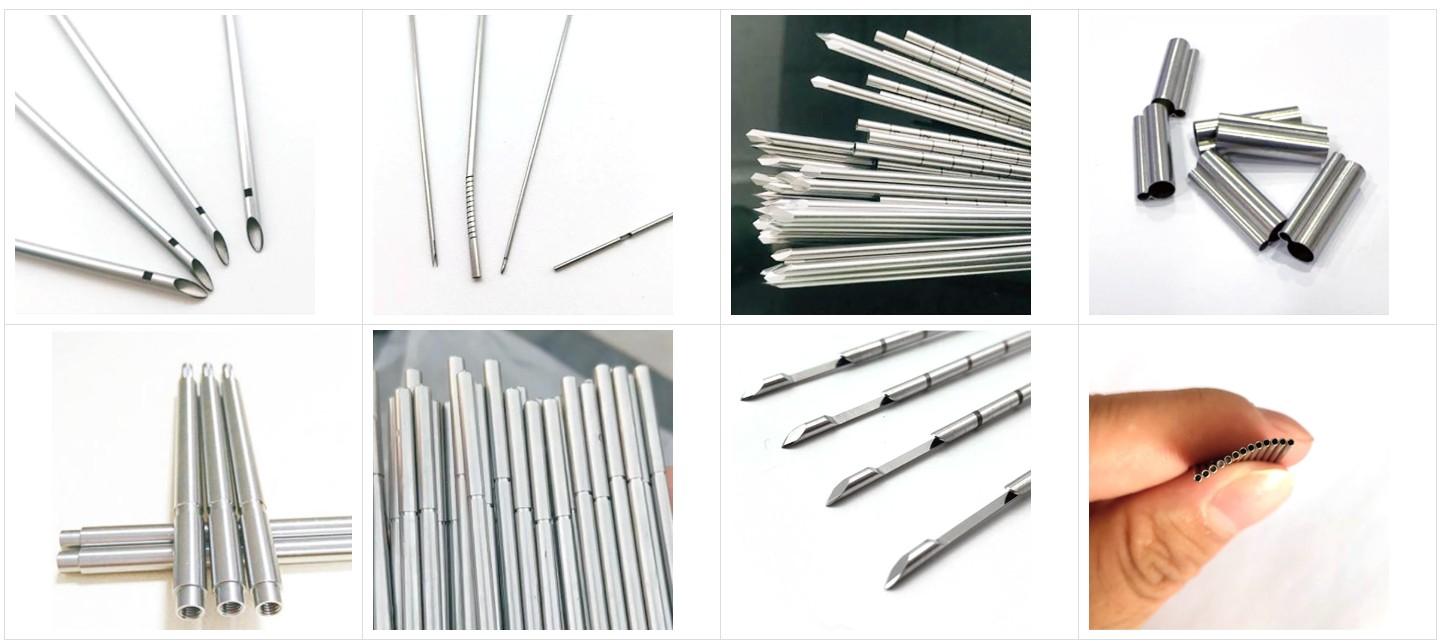
Regulatory standards are tightening, with the FDA and EU MDR demanding strict material safety and traceability. Our 304 tubes meet ISO 10993 standards for short-term contact, ensuring low allergenicity for skin-penetrating needles. Sustainability is a growing focus—hospitals and clinics are pushing for recyclable materials, and 304 stainless steel’s near-100% recyclability makes it a green choice. The medical tubing market is set to grow from USD 812.59 million in 2025 to USD 1,547.53 million by 2034 at a 6.7% CAGR, with cost-effective alloys like 304 leading for non-implantable applications.
Emerging trends are shaping the future. Safety-engineered needles, designed to reduce needlestick injuries, are gaining traction, with over 80% of U.S. hospitals adopting them. Disposable needles are dominating due to infection control, and our tubes support single-use designs with consistent quality. Digital manufacturing, like laser-cutting for precise bevels, is driving demand for versatile tubing, and 304 fits perfectly. The rise of point-of-care diagnostics—growing at 7% CAGR—calls for affordable, reliable components, where our tubes shine. Developing regions like Asia-Pacific are seeing a surge in healthcare access, increasing demand for cost-effective needle materials.
Applications for our medical-grade 304 stainless steel tube for hypodermic needles are wide-ranging. In general medicine, they’re used in syringe needles for vaccinations, insulin delivery, and IV therapy, ensuring precise fluid delivery. For diagnostic procedures, our tubes form biopsy needles, like those used in bone marrow or liver sampling, with sharp, durable tips. In anesthesiology, they’re key in spinal and epidural needles, providing rigidity for accurate placement. They’re also used in veterinary medicine for animal vaccinations and in cosmetic procedures for Botox injections.
Safety needles are a growing area—our tubes support retractable and shielded designs, reducing injury risks for healthcare workers. In oncology, they’re used in chemotherapy drug delivery, where corrosion resistance ensures safe handling of potent medications. For pediatric applications, our fine-gauge tubes enable smaller, less painful needles. The safety needles market, valued at USD 1.1 billion in 2025, is growing at 6.2% CAGR, highlighting the need for reliable, cost-effective tubing.
When it comes to standing out, our company’s approach to medical-grade 304 stainless steel tube for hypodermic needles is unmatched. While standard suppliers might offer generic tubing, we customize with tailored laser-welding and beveling to optimize needle sharpness and flow. Our in-house testing is rigorous—corrosion trials in simulated bodily fluids and mechanical stress tests mimic thousands of injections, ensuring zero failures. This reliability means fewer needle breakages, improving patient safety and clinic efficiency.
We’re lean on production, using automated drawing to achieve tolerances of ±0.005mm, perfect for high-speed needle manufacturing. Cost-wise, we keep it wallet-friendly by optimizing material use, delivering medical-grade quality at prices that support mass production. Clinicians love our tubes’ consistency, ensuring smooth flow and reliable piercing in high-pressure settings like emergency rooms. Unlike others who might skip surface treatments, we polish every tube to resist corrosion, extending shelf life and performance.
Comparison Parameters Table
| Parameter | 304 Stainless Steel | 316L Stainless Steel | 316LVM Stainless Steel | Titanium Alloy (e.g., Ti-6Al-4V) |
|---|---|---|---|---|
| Carbon Content (%) | ≤0.08 | ≤0.03 | ≤0.03 | N/A (No carbon) |
| Corrosion Resistance | Good (Cr content, suitable for short-term use) | Excellent (Mo, resists body fluids) | Superior (vacuum-melted, high purity) | Outstanding (oxide layer, best for implants) |
| Tensile Strength (MPa) | 515-690 | 485-620 | 860-1000 | 860-950 |
| Yield Strength (MPa) | 205-310 | 170-310 | 690-860 | 760-830 |
| Biocompatibility | Good (short-term contact) | High (implant-grade) | Exceptional (minimal inclusions) | Excellent (bone integration, lightweight) |
| Density (g/cm³) | 8.0 | 8.0 | 8.0 | 4.5 |
| Magnetic Properties | Non-magnetic | Non-magnetic | Very low permeability | Non-magnetic |
| Cost Effectiveness | Most affordable | Moderate | Premium for purity | High, for lightweight needs |
| Common Medical Use | Hypodermic needles, surgical tools | Implants, stents | High-purity implants | Orthopedic implants, lightweight tools |
Sustainability is core to our ethos—we recycle 95% of scrap metal, aligning with healthcare’s green push. Our supply chain is rock-solid, with just-in-time delivery to keep production lines running, even during global disruptions. We also offer design support, collaborating with manufacturers to tweak tube specs for innovative needle designs, a service most suppliers can’t match. Clients praise our fast prototyping—often under two weeks—speeding up the launch of safety-engineered needles.
Looking ahead, we’re diving into smart needle systems, exploring 304 tubes as conduits for sensors that monitor injection depth or flow, tapping into IoT trends. With point-of-care diagnostics growing—expected to hit USD 50 billion by 2030—our flexible production is ready to deliver custom solutions. The rise of automated manufacturing and robotic-assisted procedures means our tubes must support precision systems, and we’re optimizing for that now.
In essence, choosing our medical-grade 304 stainless steel tube for hypodermic needles means partnering with a team obsessed with quality and affordability. We’re not just making tubes; we’re enabling safer, more effective medical care. From robust materials to tailored designs, we’re built to lead in a market craving reliability and value. As needle tech evolves with healthcare demands, our 304 tubes remain a trusted cornerstone, ready for tomorrow’s challenges.
To sum it up, our strengths shine: cost-effective quality, customizable precision, and a green approach that sets us apart. Whether it’s a routine vaccination or a complex biopsy, our medical-grade 304 stainless steel tube for hypodermic needles delivers the performance clinicians need to improve lives.
For more details, pls directly contact us.
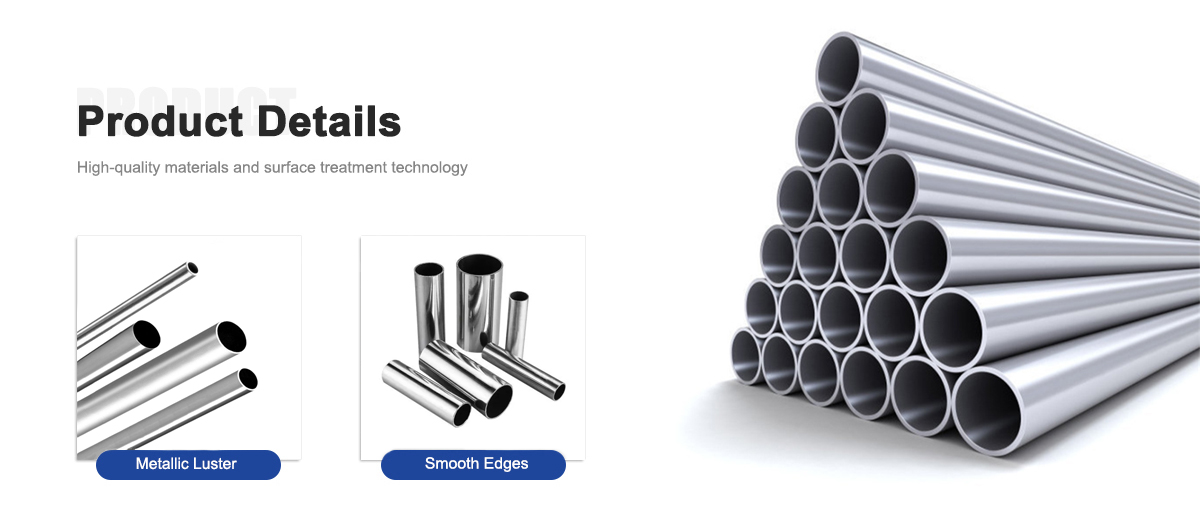

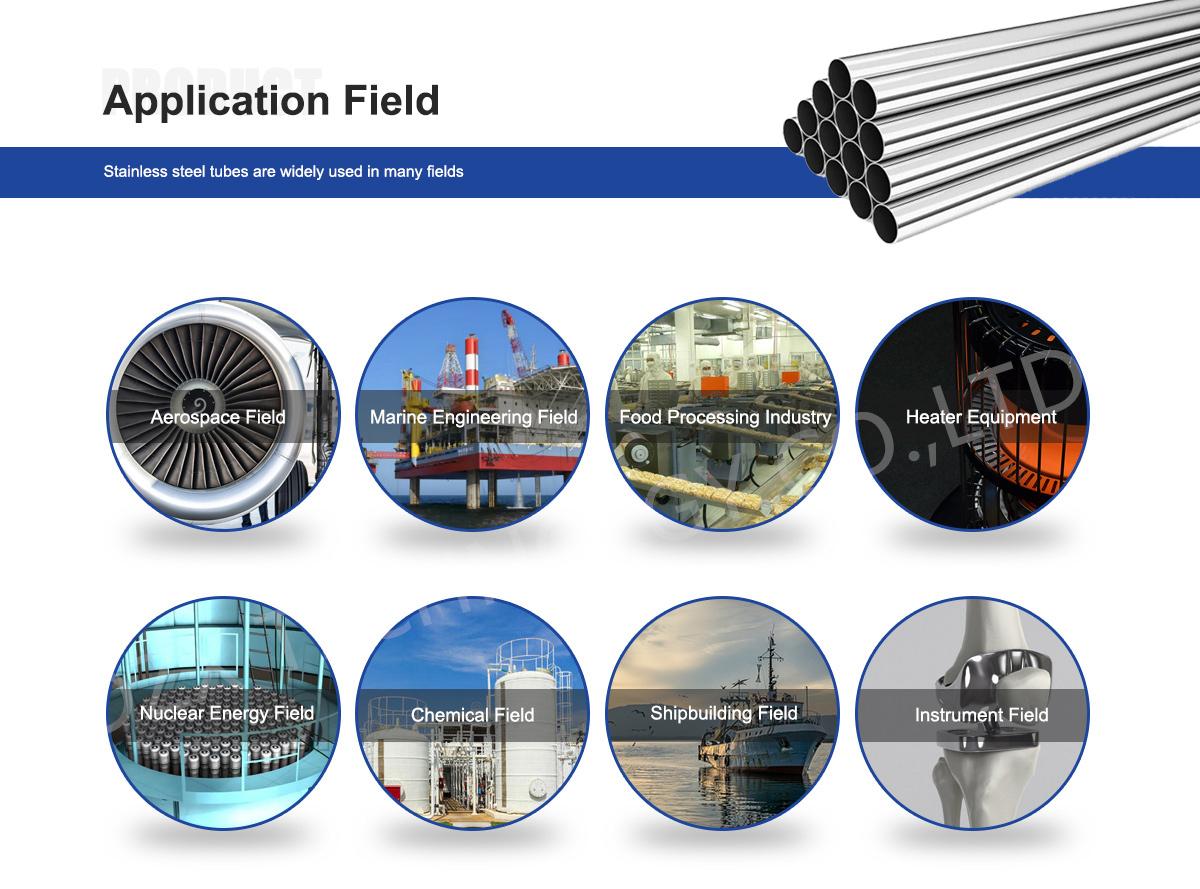
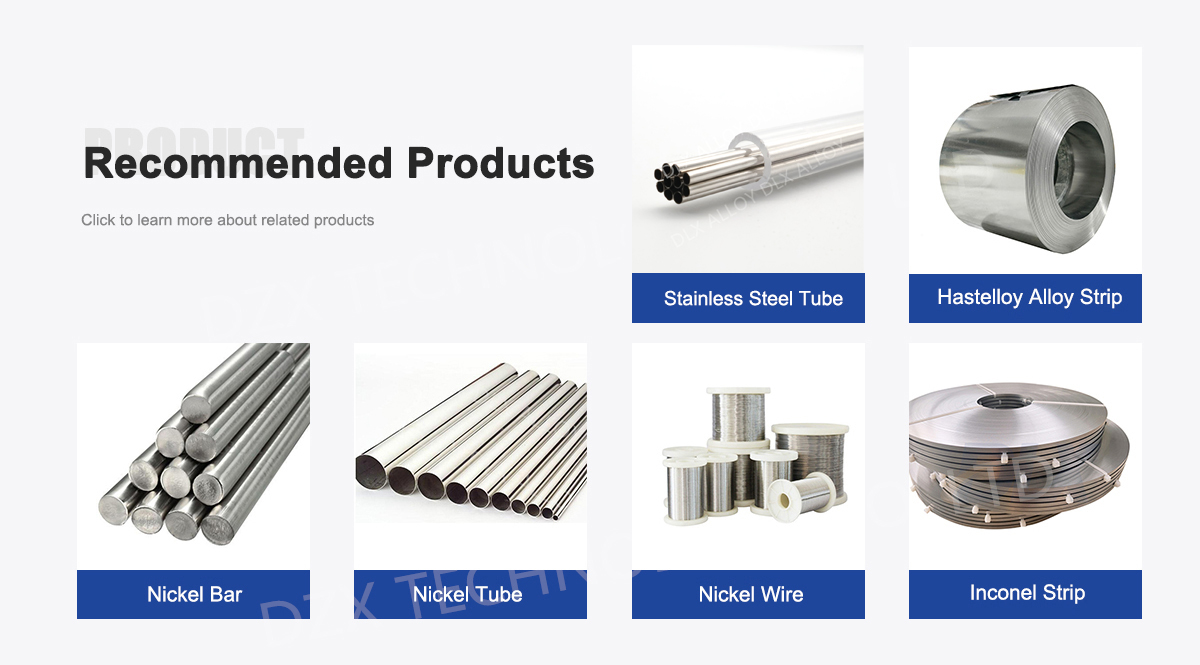
About Us:
Our 12,000㎡ factory is equipped with complete capabilities for research, production, testing, and packaging. We strictly adhere to ISO 9001 standards in our production processes, with an annual output of 1,200 tons. This ensures that we meet both quantity and quality demands. Furthermore, all products undergo rigorous simulated environment testing including high temperature, high pressure, and corrosion tests before being dispatched, ensuring they meet customer specifications.
For all our clients, we offer timely and multilingual after-sales support and technical consulting, helping you resolve any issues swiftly and efficiently.

Client Visits
Building Stronger Partnerships

We support all kinds of testing:


FAQs:
Why is 304 stainless steel suitable for hypodermic needles?
Medical-grade 304 stainless steel offers good corrosion resistance, high strength, and cost-effectiveness, making it ideal for hypodermic needles used in injections, biopsies, and fluid delivery.What is the material composition of 304 stainless steel for hypodermic needles?
It contains 18-20% chromium, 8-10.5% nickel, and carbon below 0.08%, providing corrosion resistance and formability, compliant with ASTM A240 for medical-grade applications.What are the primary applications of 304 stainless steel tubes in hypodermic needles?
These tubes are used in syringe needles, biopsy needles, spinal needles, and IV catheters, enabling precise fluid delivery and tissue sampling in medical procedures.How do industry trends influence the use of 304 stainless steel in hypodermic needles?
The hypodermic needles market, valued at USD 2.3 billion in 2025, is projected to grow at a 5.4% CAGR to USD 3.7 billion by 2032, driven by rising vaccinations and minimally invasive diagnostics.What mechanical properties make 304 stainless steel effective for hypodermic needle tubing?
It provides tensile strength of 515-690 MPa, yield strength of 205-310 MPa, elongation over 40%, and good fatigue resistance, ensuring needles withstand bending and piercing stresses.Is 304 stainless steel biocompatible for hypodermic needle applications?
Yes, it meets ISO 10993 standards for short-term contact, with low allergenicity, suitable for needles used in temporary skin and tissue penetration.What emerging trends support 304 stainless steel in hypodermic needle production?
Trends include disposable needle adoption, safety-engineered designs, and a medical tubing market expected to reach USD 1,547.53 million by 2034 at a 6.7% CAGR, favoring cost-effective alloys.How does 304 stainless steel handle sterilization for hypodermic needles?
It withstands autoclaving, gamma irradiation, and chemical sterilization without corrosion, maintaining a smooth surface for single-use or reusable needles in sterile environments.

